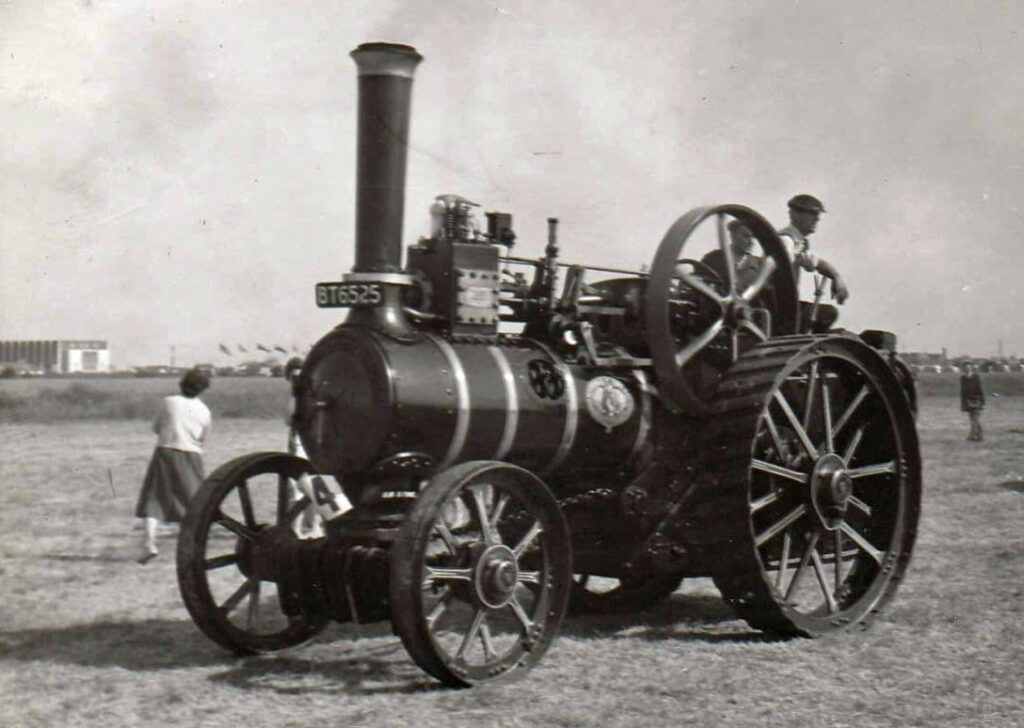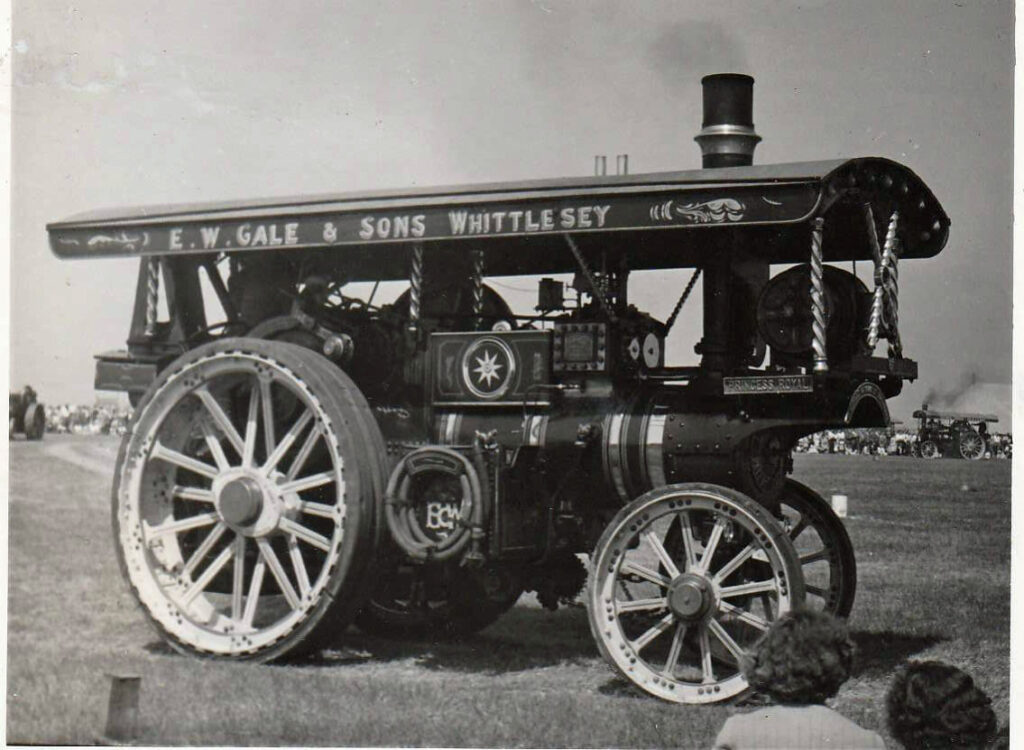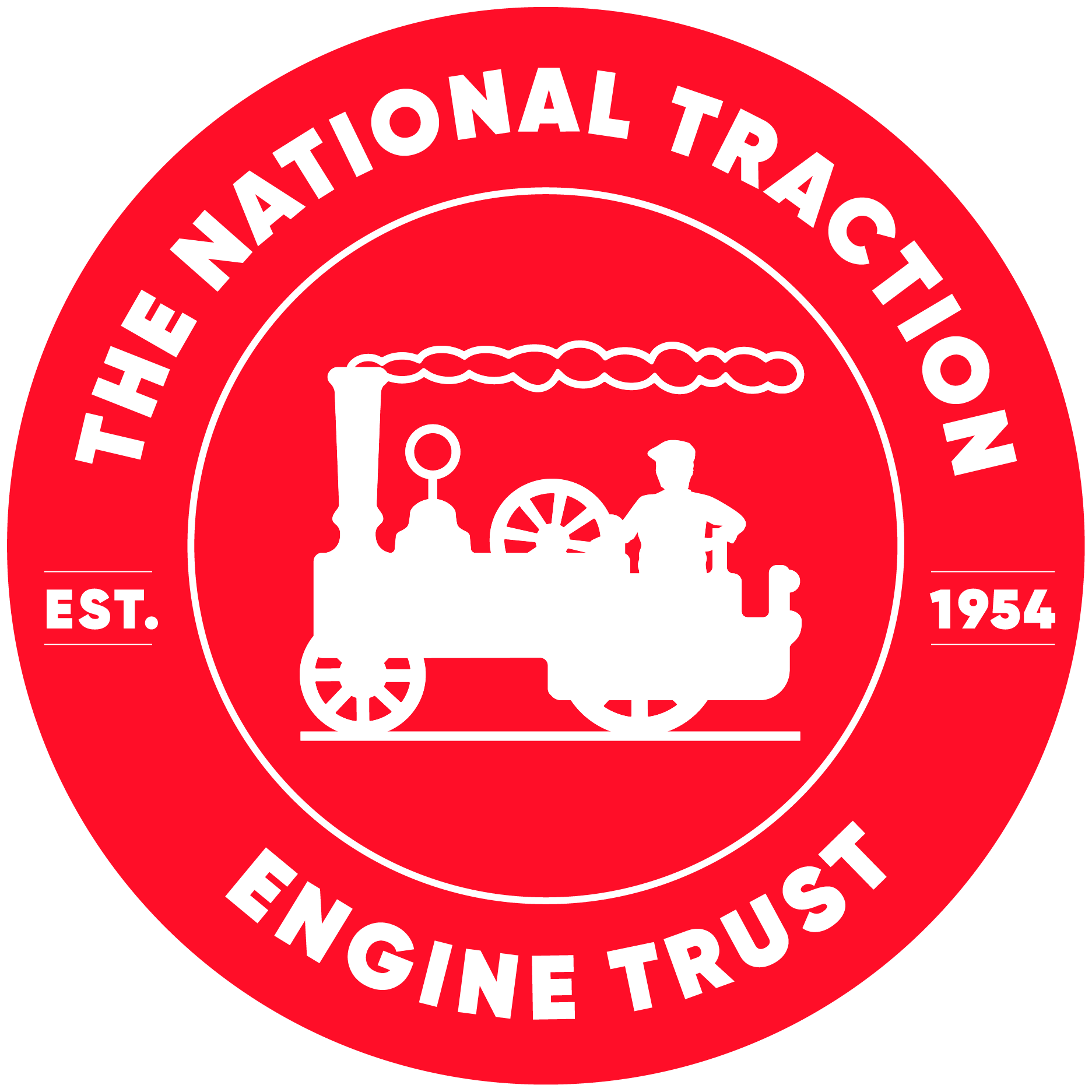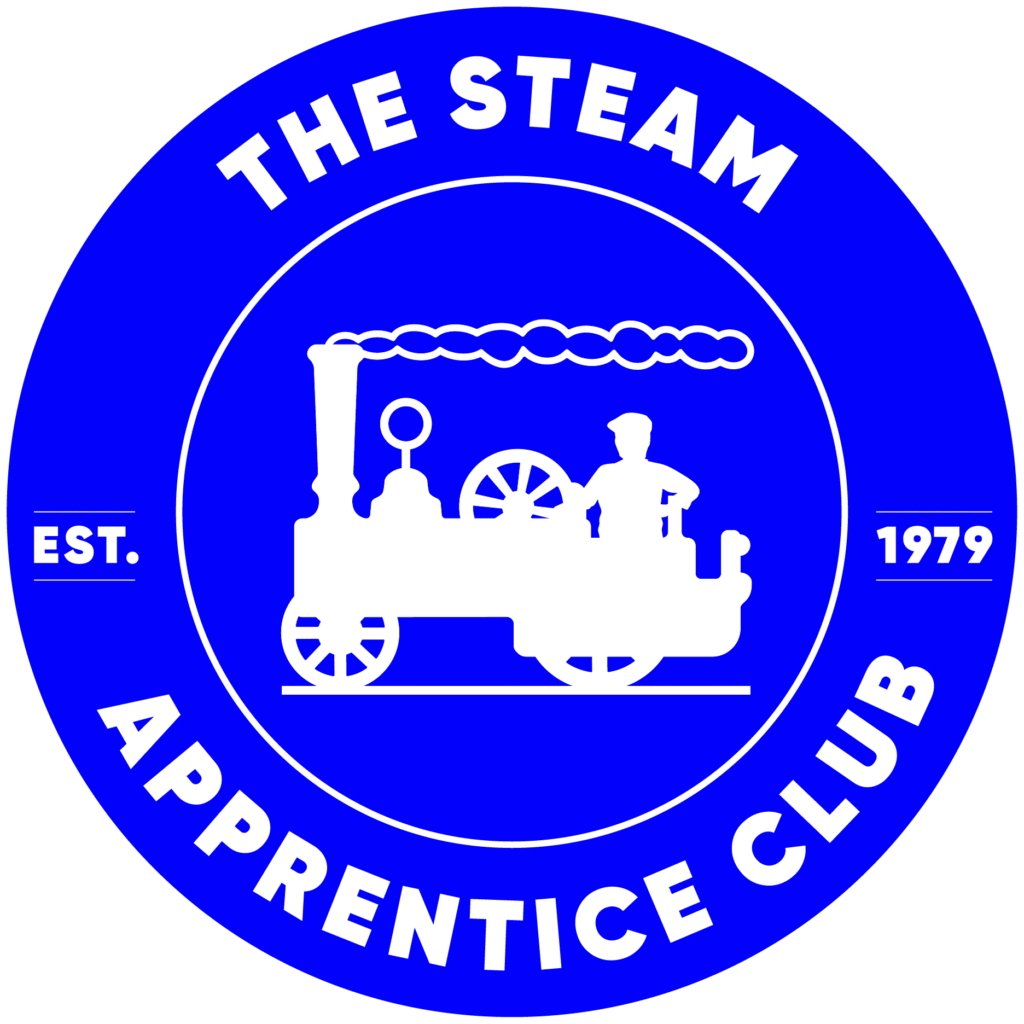The History of Steam
A Journey Through Time and a Call to the Future
Their story isn’t just one of gears and boilers; it’s about progress, perseverance and a legacy we must preserve.
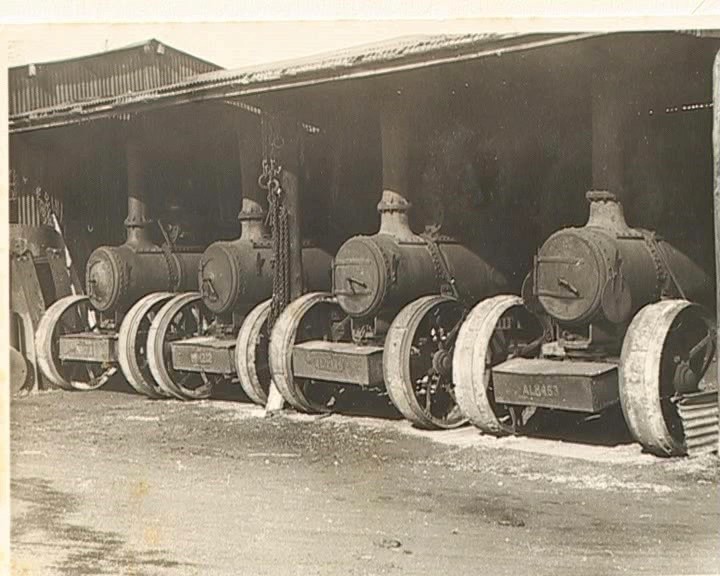
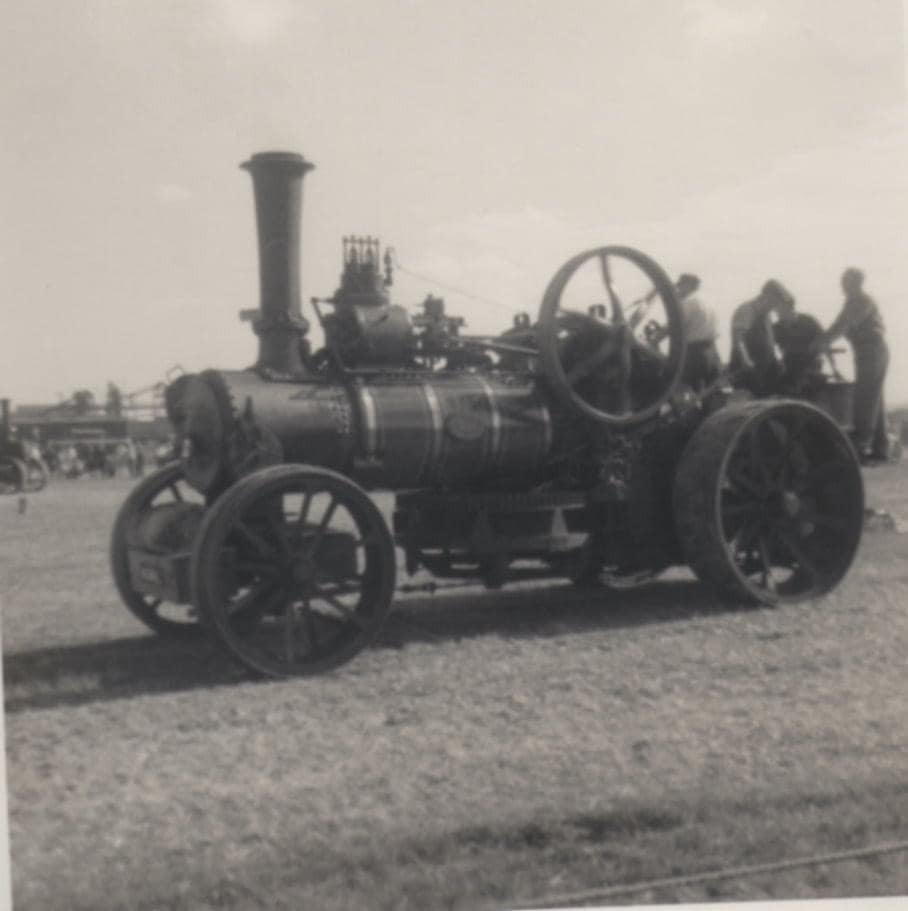
Born out of the steam-powered revolution of the late 18th and 19th centuries, traction engines were the workhorses of their time.
Their roots can be traced back to early stationary steam engines, which powered factories and mills. The leap to mobile steam engines was monumental - it meant steam power could go anywhere.
On construction sites, they pulled enormous loads and crushed stone for road building. In fairs and gatherings, they powered carousels, turning humble events into spectacles.
These engines became symbols of progress, embodying the human spirit’s desire to innovate and improve life.
Why should we care about these old machines today? Beyond their practical uses, steam traction engines represent the intersection of artistry and engineering.
Every gleaming brass fitting, every perfectly balanced flywheel, and every rhythmic hiss of steam tells a story of craftsmanship. They are living monuments to an era when innovation meant getting your hands dirty and when engineering was as much about intuition as mathematics.
- History isn't just something in books
A Reminder in History
For younger audiences, traction engines are a reminder that history isn’t just something in books – they are tangible, awe-inspiring and even Instagram-worthy. A roaring steam engine, with its whistle piercing the air and its sheer size commanding attention, has a presence no digital device can replicate.
Preserving steam traction engines isn’t about nostalgia - it’s about honouring a legacy. They remind us of a time when people worked collaboratively to solve big problems, laying the groundwork for our modern infrastructure. Without their contribution, the industrial revolution would undoubtedly have stalled.
Moreover, these engines teach us about sustainability. In an era of disposable technology, traction engines were built to last. Some have been in operation for over a century, lovingly maintained by enthusiasts. They show us the value of durability and repair - a lesson worth revisiting as we navigate today’s throwaway culture.
They show us the value of durability and repair - a lesson worth revisiting as we navigate today’s throwaway culture.

A Vision for the Future
The future of steam traction engines lies in how we connect younger generations with this fascinating heritage. We must shift the narrative from “old machines” to “living history.”



- Inspiring the next generation
- Involving everyone from yesterday - and today
Imagine:
Let’s put steam engines at the heart of museums and festivals, where people can climb aboard, stoke a fire, or see how gears and valves work.
Social media, VR and gaming can bring the world of steam engines to life, turning them into characters in a story about innovation and perseverance.
Traction engines can inspire engineers to think about sustainable design. While we won’t return to coal, the principles of circular design and reuse embodied by these machines are timeless.
The history (and future), of steam.
